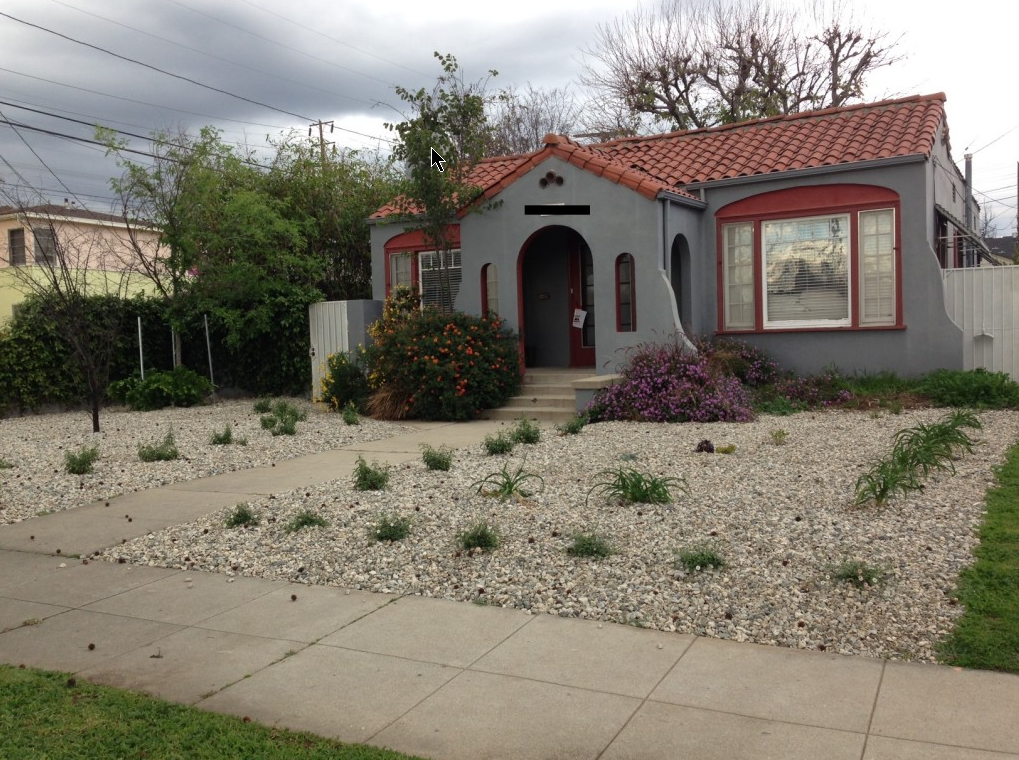Spring Lawn Care – Replace or Repair?
- 2022-03-04
- By mkirk
- Posted in Horticulture, The Garden Buzz
By Mae Lenoir Rauen, Emeritus Master Gardener
With ongoing drought conditions and the rising cost of water, it becomes tempting to replace the lawn with a low-care or “no-care” landscape. There are some important factors to consider before undertaking this type of renovation. In many cases, the long-term solution is to repair the existing lawn. Bringing an older lawn up to date can be accomplished with some simple steps this spring.

Eliminating lawns altogether can create new problems. Changing the amount of water available to trees and shrubs may cause damage. Not providing adequate water may prove fatal. Covering the area with weed barrier and mulch can create a “heat zone” adjacent to the existing hot area created by concrete and/or pavement. Fortunately, the use of plastic as a weed barrier has largely become obsolete. Fabric weed barriers are available now and can be useful. But dense, heavy fabric products act essentially the same as plastic, depriving woody plant roots of oxygen and available water. Over time, weeds may begin to sprout on the surface of the fabric as soil and seeds settle.
Converting lawn areas to ground cover with a lower water requirement is an alternative. These plants will require water to become established. Changing the amount of water available to woody plants can cause harm.

Consider the benefits of having a lawn when making the decision to replace or repair. A healthy lawn will:
- Sequester carbon
- Help with breakdown of organic chemicals
- Create a cooling effect during hot weather
- Reduce noise
- Provide a play space for people and pets
- Add visual appeal
Renovation of the existing lawn may be the best choice. Lawns that are 30 or more years old are likely Kentucky bluegrass and some may contain a perennial ryegrass blend. Be sure to match grass type. Recently developed cultivars, also known as cultivated varieties, require less water and develop fewer disease and insect problems. Many will tolerate traffic better as well. Introduce the newer seed to fill in problem areas and create a denser, thicker stand of grass. This will also discourage weeds. Core aerate in April or May, fertilize with a nitrogen product that does not contain any weed preventive or herbicide, overseed with the new variety, very lightly top-dress with quality compost, and provide adequate water throughout germination. More seed can be added where needed throughout the growing season.
For details, see Renovating the Home Lawn and How to Care for Colorado Lawns.
Horticulture Resources
- Garden Buzz Archives
- CSU Extension Resources
- Colorado Master Gardener Program
- Foothills to Plains Native Plant Master Program
- Native Bee Watch Community Science Program
- The Co-Hort Blog
- PlantTalk Colorado
- Soil Testing
- Plant Select
- Emerald Ash Borer
- Japanese Beetle
- Colorado State Forest Service
- Ask an Expert


